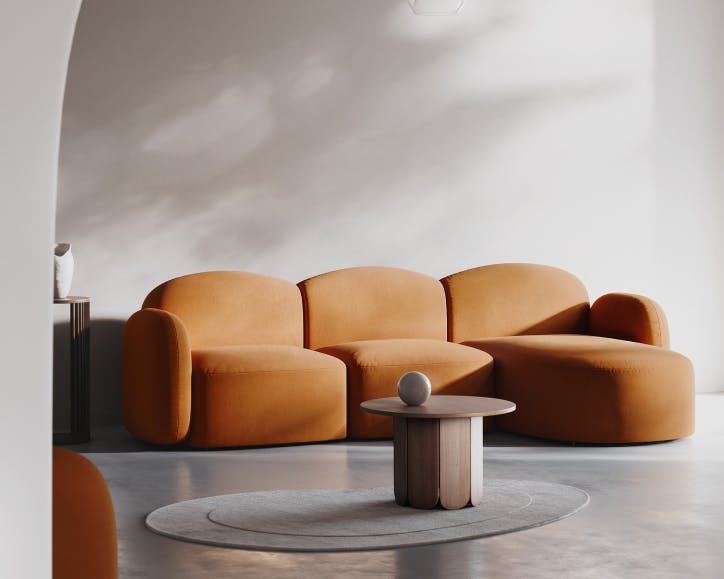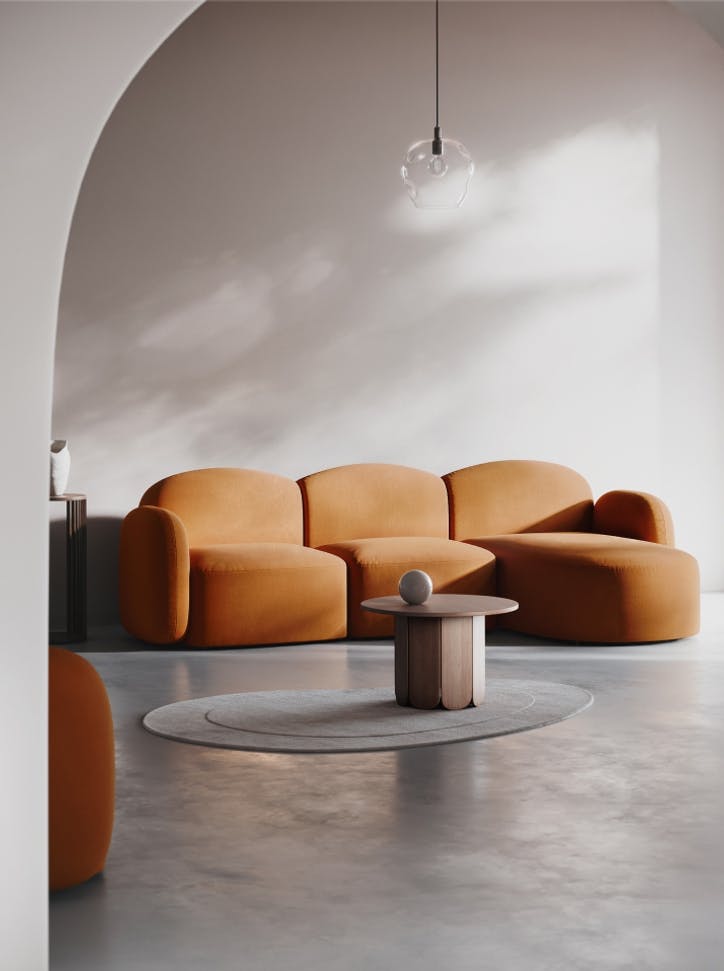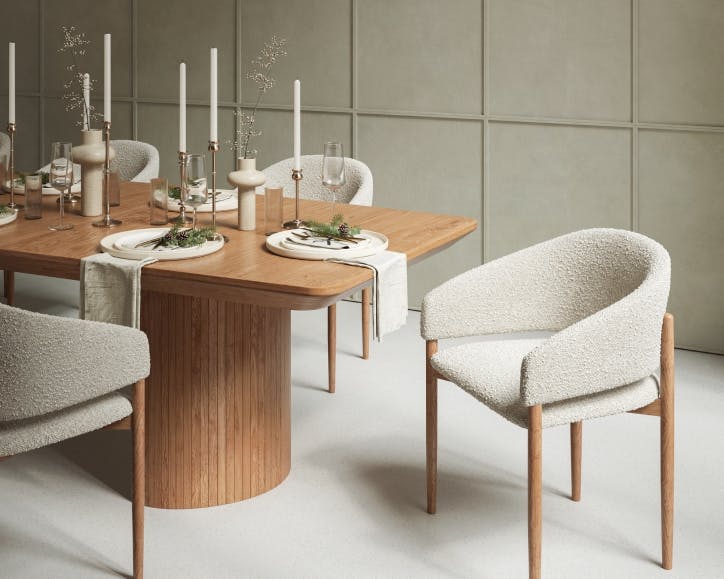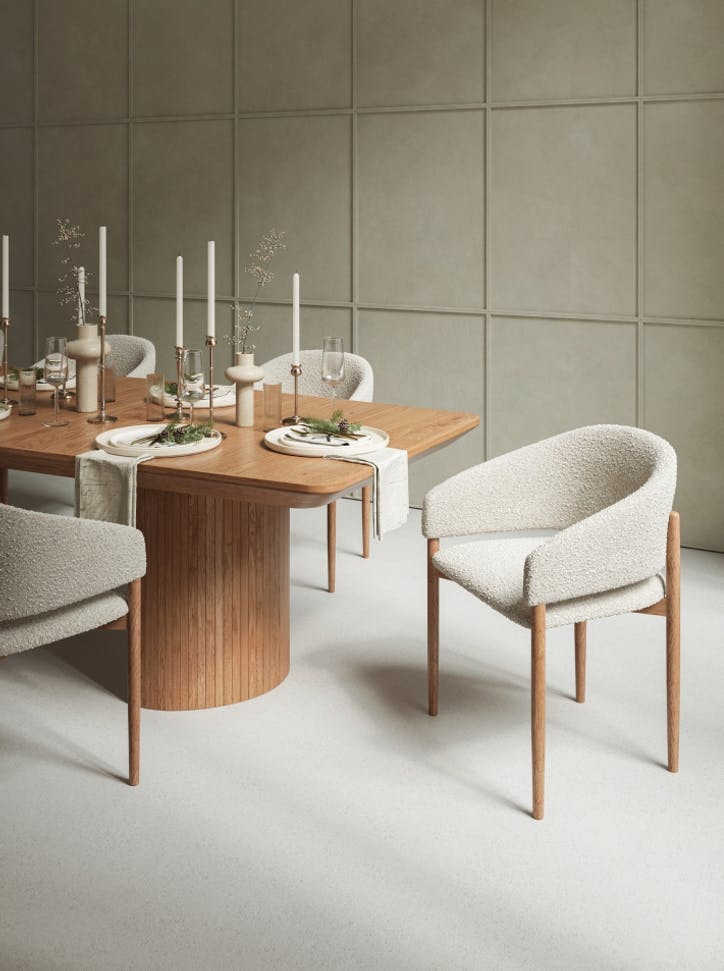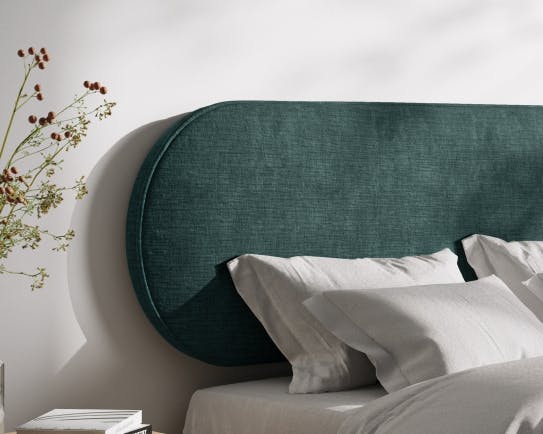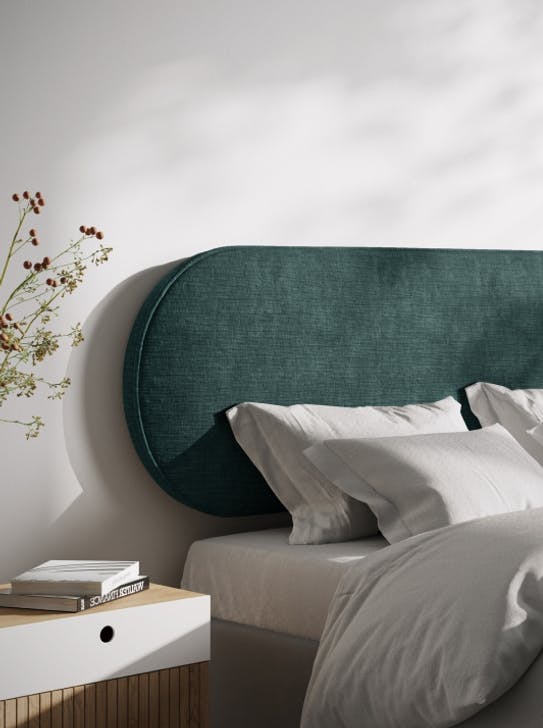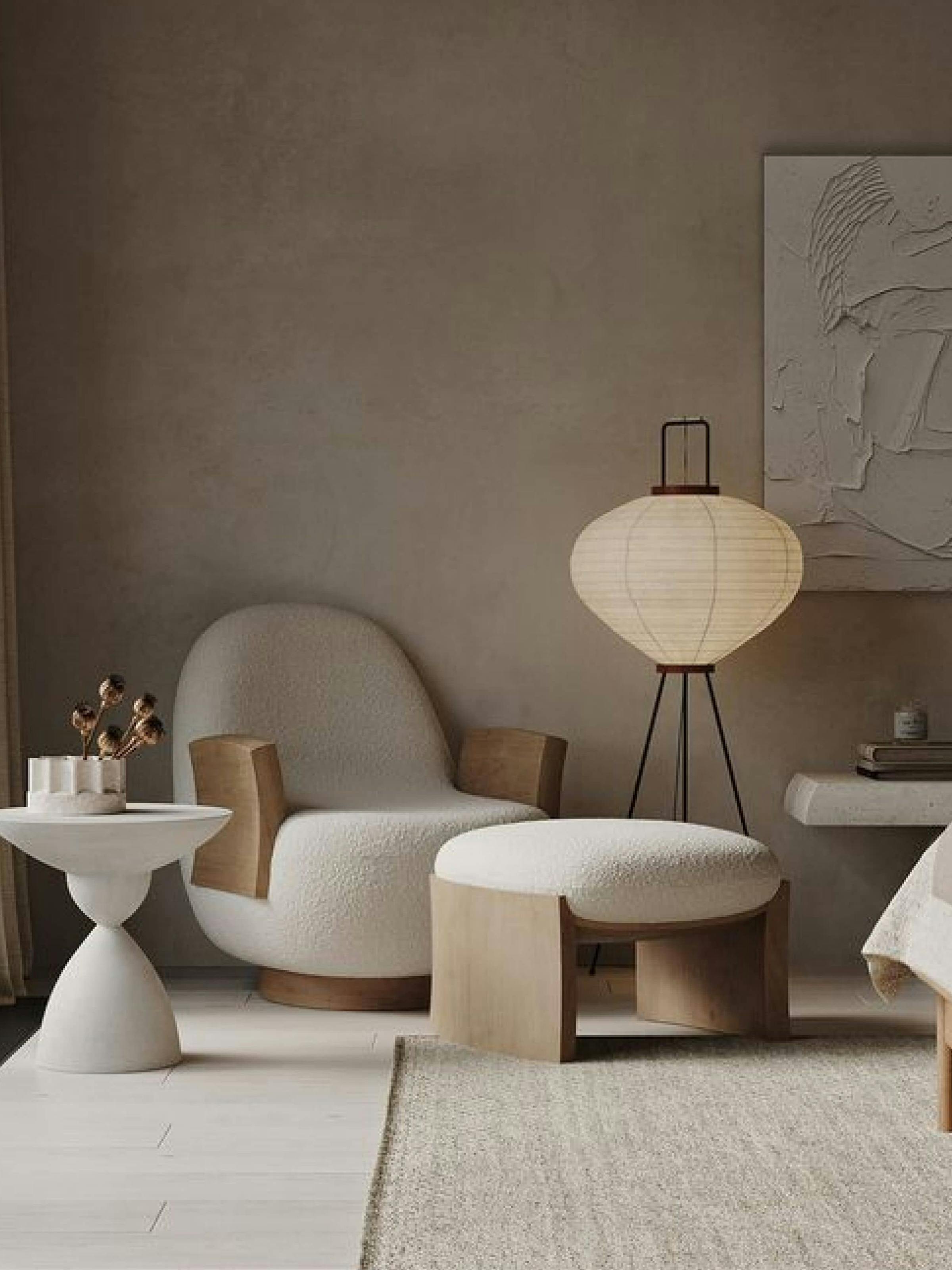
Best Interior Design Color Schemes
Neutral Color Combinations
Neutral shades like beige, gray, and white offer a timeless and versatile backdrop for any room, especially as wall colors. They can create a sophisticated and serene atmosphere, making spaces feel larger and more inviting. Neutrals are perfect for those who prefer a minimalist look or want a base that allows for bold accents.
Tips:
- Use different textures and finishes to add depth: Layering textures such as matte, gloss, and satin finishes can create visual interest without overwhelming the space. For instance, a matte beige wall can be complemented with a glossy white trim and a satin gray rug.
- Accentuate with bold decor items for a pop of color: Adding vibrant cushions, artwork, or a statement piece of furniture can inject life into a neutral room. For example, a bright orange throw pillow on a gray sofa can be a striking focal point.
- Combine warm and cool neutrals for balance: Mixing warm tones like taupe with cool tones like slate can create a balanced and harmonious environment. This approach ensures the room feels neither too cold nor too warm.
Bold and Vibrant Pop of Color
Bold color palettes such as deep blue, jewel tones like emerald green, and rich red can energize a room and showcase your personality. While they can be intimidating, using them as accent walls or in smaller areas can make them more manageable and striking.
Tips:
- Balance bold colors with neutrals to avoid overwhelming the space: Pairing an unexpected color with mute tones of interior paint can prevent the room from feeling too intense. For instance, an emerald green accent wall can be balanced with white or beige furnishings.
- Use bold colors in areas that benefit from high energy, like kitchens or living rooms: Vibrant colors can stimulate activity and conversation, making them ideal for social spaces. A rich red kitchen backsplash or a deep blue on the walls of the living room can add a lively touch.
- Incorporate bold hues through accessories and artwork if you’re hesitant to commit: Smaller items like cushions, rugs, or paintings can introduce bold colors without requiring a full redesign. This allows you to experiment with different shades and switch them out easily if needed.
Monochromatic Schemes
A monochromatic color scheme uses varying shades of a single color to create a cohesive and calming environment. This approach can be very sophisticated and visually appealing when executed correctly.
Tips:
- Play with different shades and tones of the chosen color: Using light, medium, and dark tones of one color can add depth and dimension. For example, a blue color scheme. Using a light blue for the wall paired with navy blue furniture and sky blue accents creates a harmonious look.
- Incorporate various textures and patterns to add interest: Textured fabrics, patterned wallpapers, and varied materials can make a monochromatic room feel rich and layered. A velvet sofa, silk cushions, and a patterned rug in the same color family can add elegance and depth.
- Use contrasting materials like metals and wood to enhance the look: Metallic finishes and wooden elements can provide contrast and enhance a monochromatic scheme. A silver lamp on a wooden side table in a room with gray tones can add sophistication.
Earth Tones
Earth tones of paint colors such as terracotta, olive green, and rich browns bring warmth and a grounded feeling to a space. They are perfect for creating a cozy and inviting atmosphere, particularly in living rooms and bedrooms.
Tips:
- Mix and match different earth tones for a layered look: Combining various shades of brown, green, and terracotta can create a rich, layered effect. A brown leather sofa, olive green cushions, and a terracotta rug can work beautifully together.
- Pair with natural materials like wood and stone: Earth tones complement natural materials, enhancing the organic feel of a room. Wooden furniture, stone accents, and woven textiles can bring an earthy scheme to life.
- Use greenery and plants to complement the earthy palette: Adding plants and greenery can enhance the natural feel of earth-toned rooms. Plants like succulents, ferns, and ivy can add both color and life to the space.
Pastel Schemes
Pastel colors, including soft pinks, blues, and greens, can make a room feel fresh and airy. They are no longer just for nurseries and can be used in any room for a sophisticated and modern touch. They are very popular as elements in interior design color schemes.
Tips:
- Combine pastels with neutral tones for a balanced look: Pastels paired with mute shades can create a soft, balanced atmosphere. A light pink wall with white furniture and colors like gray accents can be both calming and chic.
- Use pastels in well-lit rooms to enhance their light, airy feel: Natural light enhances the softness of pastel colors. Rooms with plenty of sunlight can make pastel colors appear more vibrant and inviting.
- Incorporate pastel-colored furniture or decor for subtle touches: Pastel furniture or small decor items can add a gentle pop of color. A mint green chair, a blush pink vase, or baby blue cushions can provide a subtle yet stylish touch.
Seasonal Color Ideas
Seasonal color schemes often depend on the color of the year. They can add a dynamic and fresh feel to your home. For example, warm colors like burnt orange and deep red can bring autumnal warmth, while cool blues and greens can refresh your space for summer.
Tips:
- Keep the base of the room neutral and add seasonal colors through accessories: A neutral base allows for easy updates with seasonal accents. Swap out items like cushions, throws, and artwork to reflect seasonal changes without redecorating the entire room.
- Use interchangeable decor items like cushions, throws, and artwork to reflect the season: Changing small decor items can refresh the look of a room according to the season. For autumn, consider rust-colored cushions and pumpkin-themed decor; for spring, try floral patterns and blue or pink shades.
- Experiment with seasonal colors in smaller spaces like entryways or bathrooms for a quick update: Smaller spaces are perfect for seasonal updates as they require fewer changes to make an impact. A spring-themed bathroom with light blue towels and fresh flowers can feel revitalizing, while an autumn-themed entryway with warm colors can feel welcoming.
Advanced Tips for Color Scheme Success
Color Psychology
Understand the psychological effects of colors. Colors can evoke different emotions and moods. For example, blue can be calming, yellow can be uplifting, and red can be energizing. Use color psychology to create the desired atmosphere in each room.
Bold Colors as accents
Choose a vibrant color to create a focal point and draw attention. Accent colors can be used in decor items, artwork, or even a single wall to add interest and contrast to the main color scheme. This can help break up monotony and increase visual excitement.
Color Harmony
Aim for harmony by using schemes based on the classic color wheel, such as complementary color schemes (opposite shades), analogous (adjacent colors), or triadic (three evenly spaced colors). These combinations work best. They are pleasing to the eye and create a balanced look.
Testing Colors
Before committing to a color, test it on a small area of the wall. Observe how it looks in different lighting conditions and against other elements in the room. This helps ensure you’re satisfied with the choice of the best paint color before painting an entire room.
Professional Help
If you're unsure about choosing the right colors or creating a thoughtful color scheme, consider consulting with a professional interior designer. They can provide expert advice tailored to your home and preferences, ensuring a polished and well-executed design.
Color choice for chic interior design
Choosing the perfect color palette for your home is a blend of personal preference, current color trends, and practical considerations. By experimenting with different combinations and incorporating these schemes thoughtfully, you can create a vibrancy of the house that is both beautiful and functional. Start small, perhaps with an accent wall or new decor items, and gradually transform your space.
For more personalized advice, consider consulting a professional interior designer or using online design tools to visualize your ideas. Embrace the power of color to make your home a perfect interior that truly reflects your style and personality.
By carefully selecting and implementing the right combination for your home, you can enhance the aesthetic appeal and functionality of your dream home. During the interior design process remember to consider practical aspects such as lighting, room function, and existing decor, and don't be afraid to experiment with bold or seasonal colors. With thoughtful planning and a touch of creativity, you can create a vibrant and inviting living space that feels uniquely yours.
Magazine edition
Exclusive Micadoni magazine2024's Top Trend: The Rise of Bouclé Fabric
The annual list of interior trends clearly shows that in 2024 bouclé fabric will enjoy the title of the most popular and the most frequently selected. Where does its name come from? What are its chara...
Interior Trends
Fresh Sofa Color Trends to Revitalize Your Home in 2024
What are the color trends for 2023? The era of vibrancy is approaching, and many experts proclaim the end of the reign of neutral and cool colors in 2023. Here's a rundown of the colors that have late...
Interior Trends
